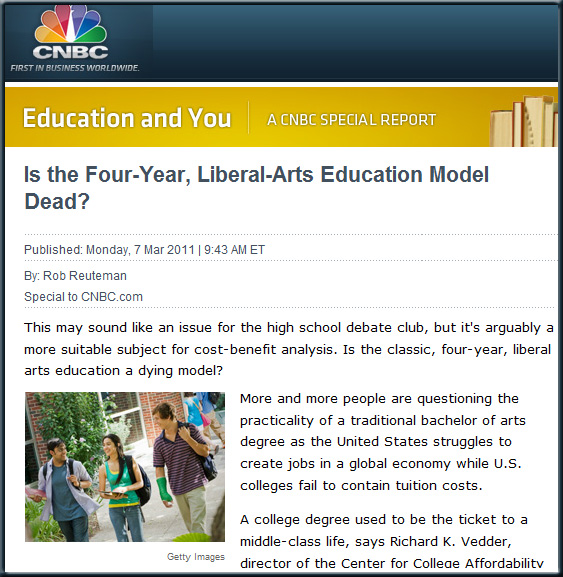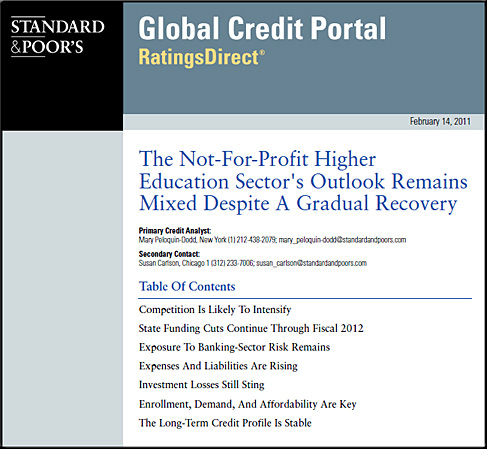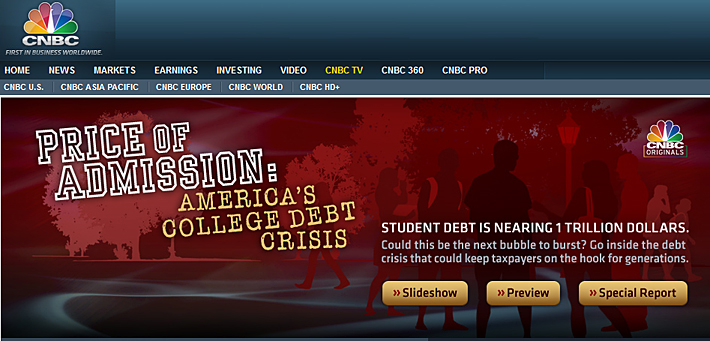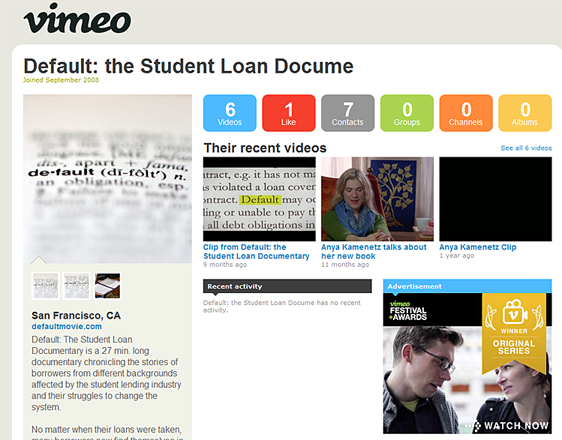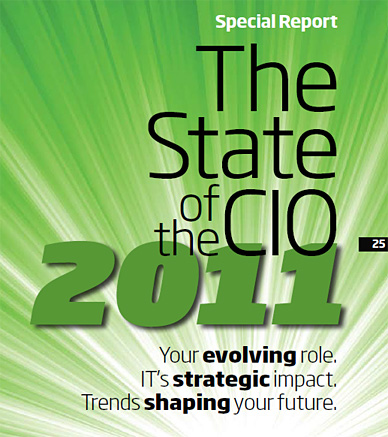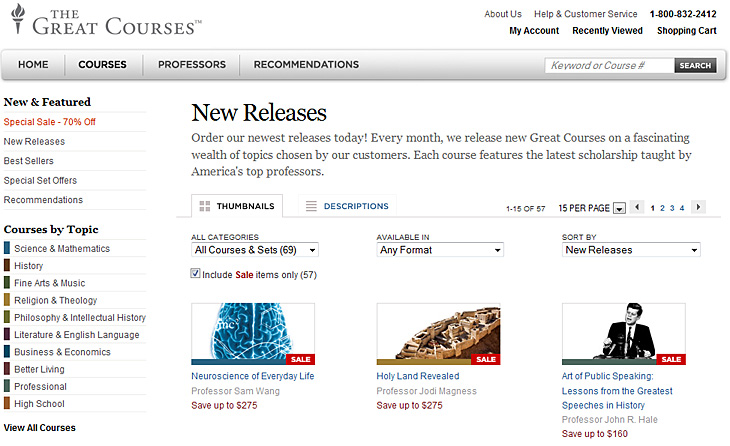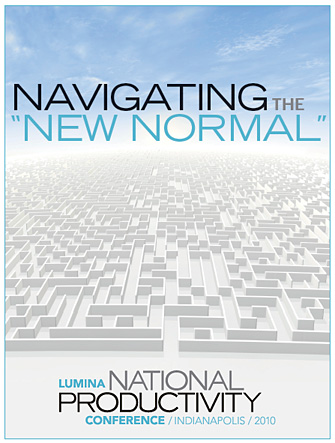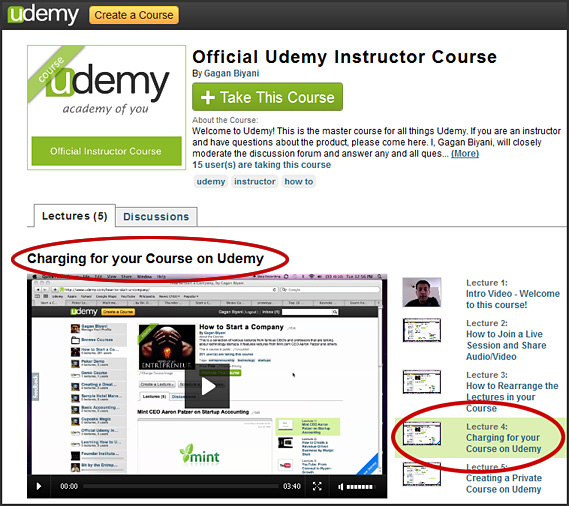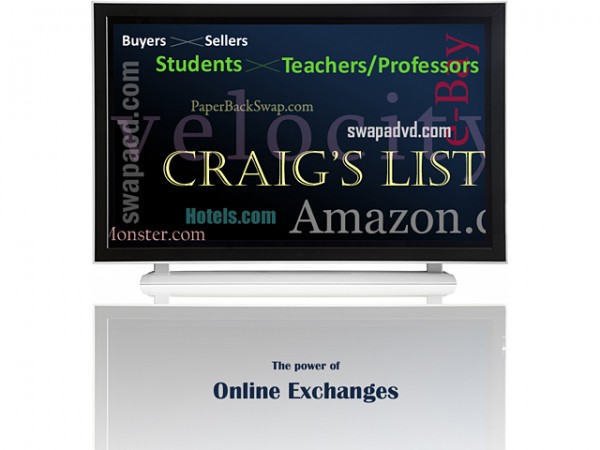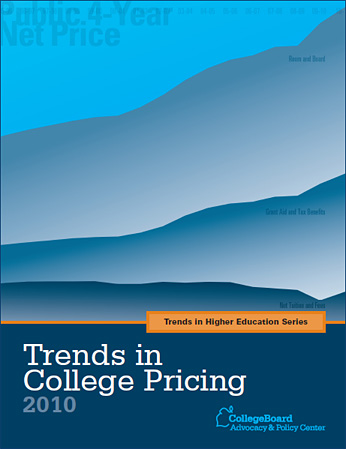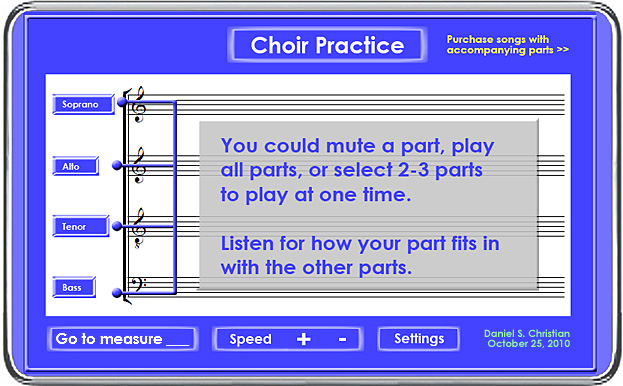.IMPORTANT NOTES FROM DSC:
I went through a liberal arts degree in college (Economics) and I work for a Christian liberal arts college. As such, one can tell that I greatly endorse and believe in the benefits of a liberal arts education; such an education is extremely valuable and helpful, no matter which career path(s) a student may choose to pursue after college.
However, it has become clear that the costs of education are getting out of hand — and out of the reach of a growing number of people. Now with the Internet and alternative methods of delivery in the mix — and the current model continuing to show itself as being vulnerable and unsustainable for a growing number of people — there is a potent equation for change in the air.
So…if you don’t believe we are in a game-changing environment, how do you explain this (increasingly-prevalent) line of questioning? (Though most of the articles I’ve seen do not use the word “dead”, the flavor/meaning of such articles and postings is much the same.)









